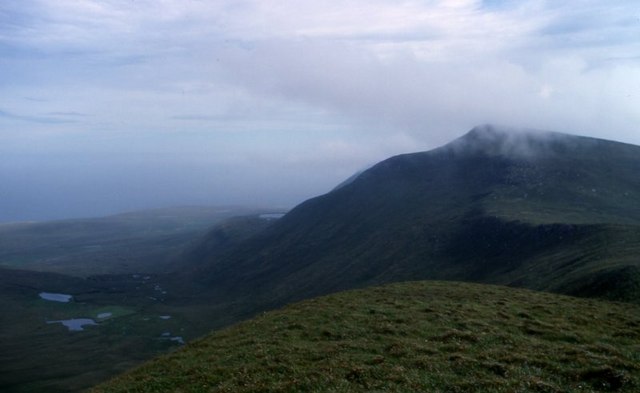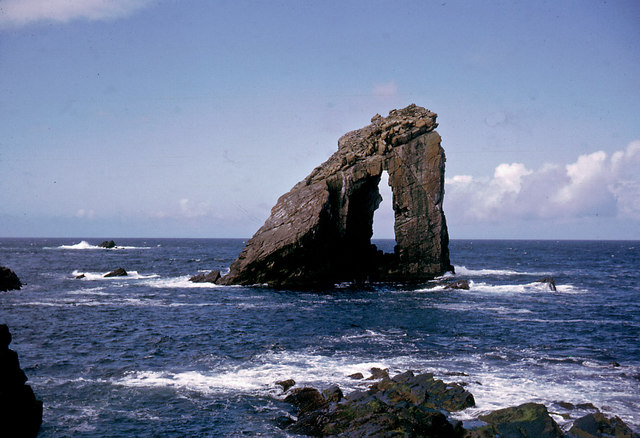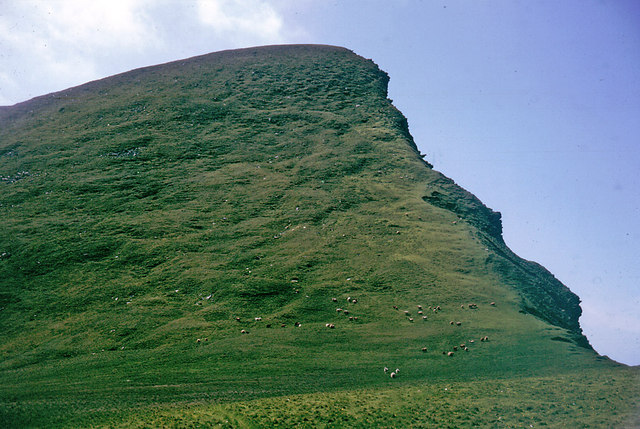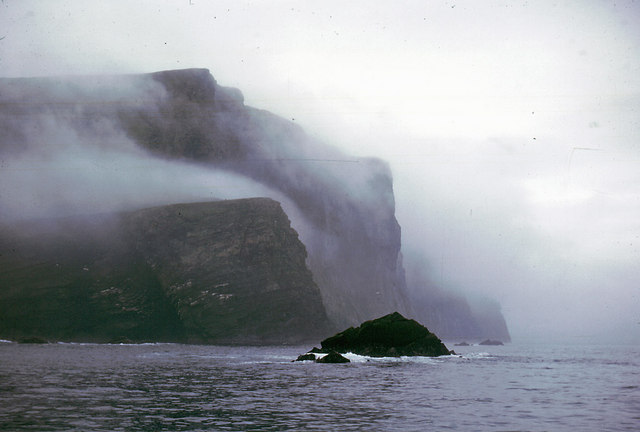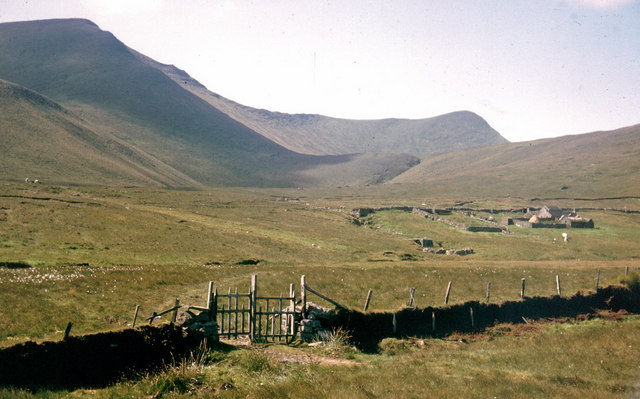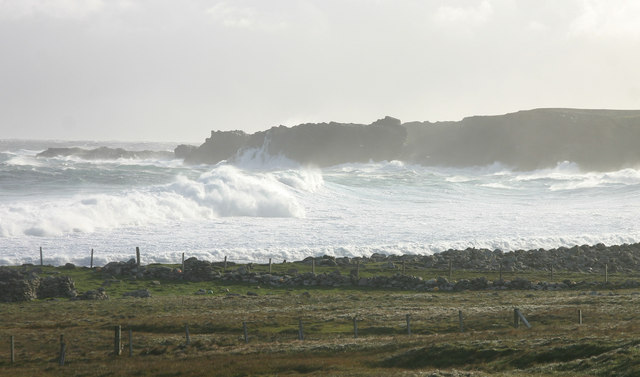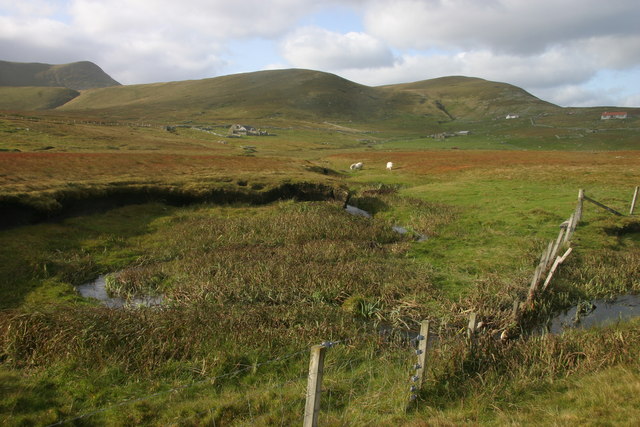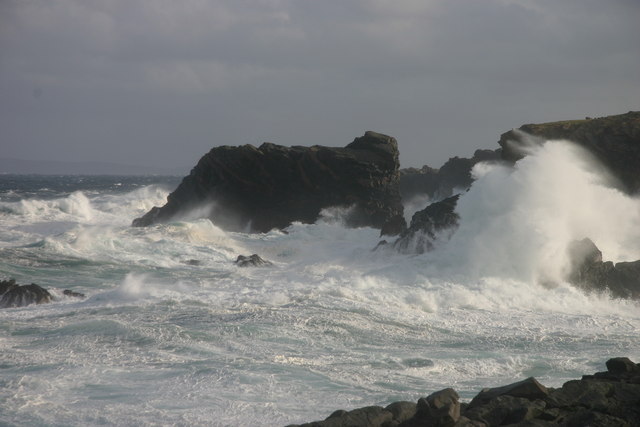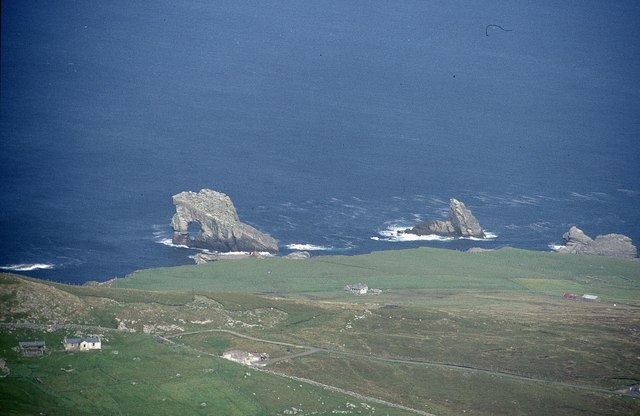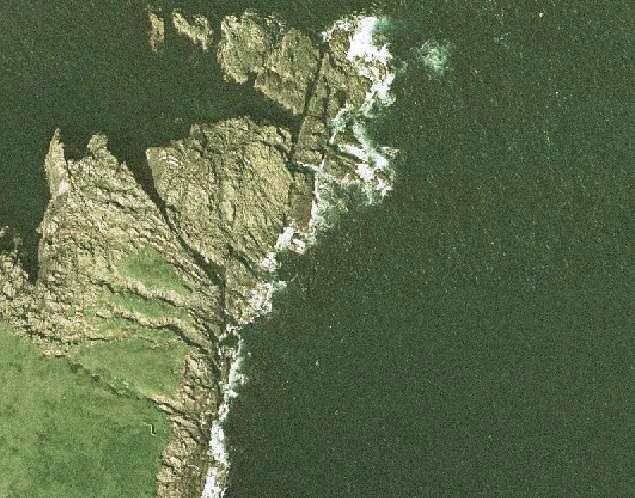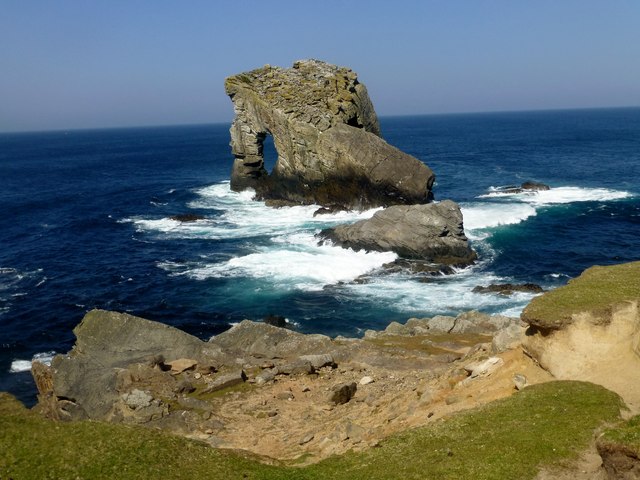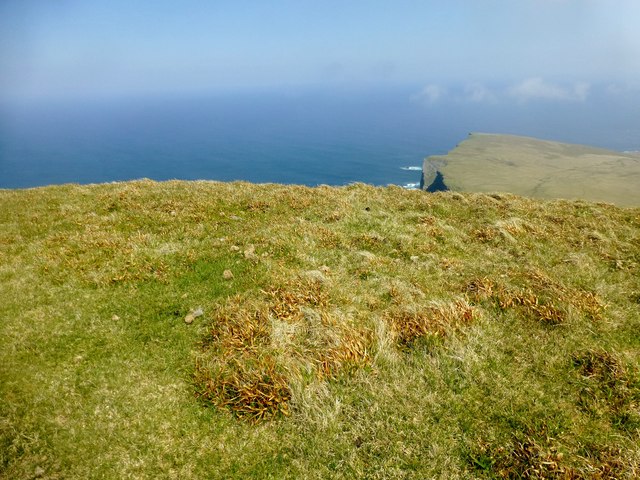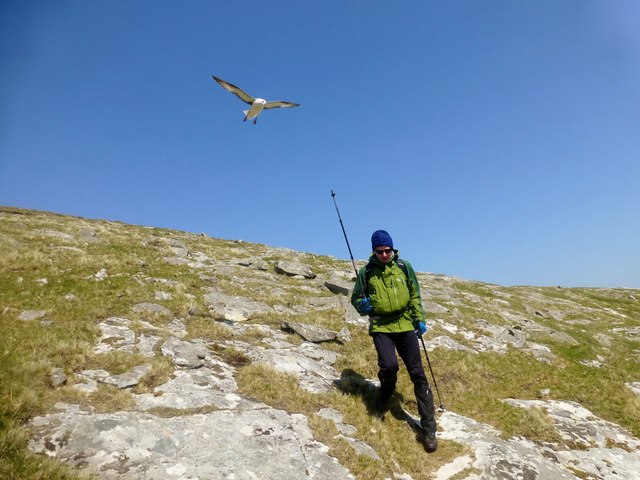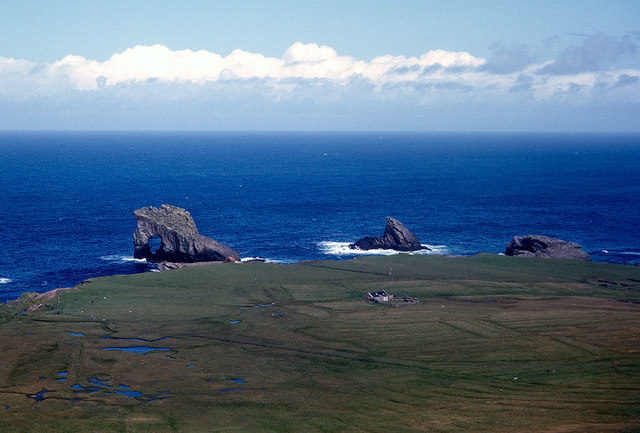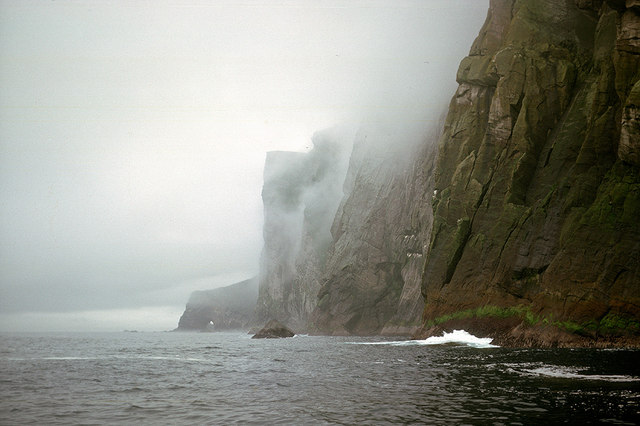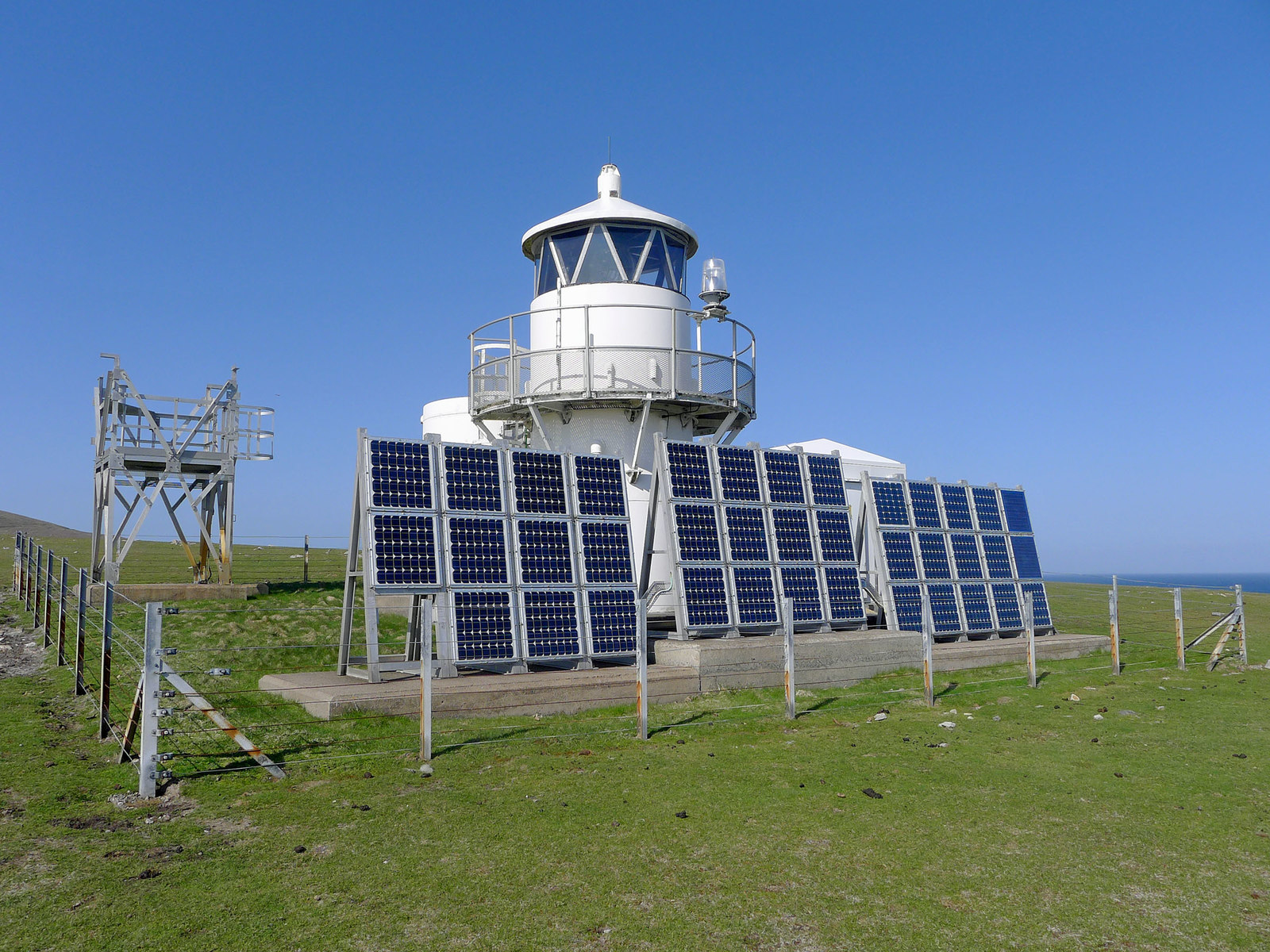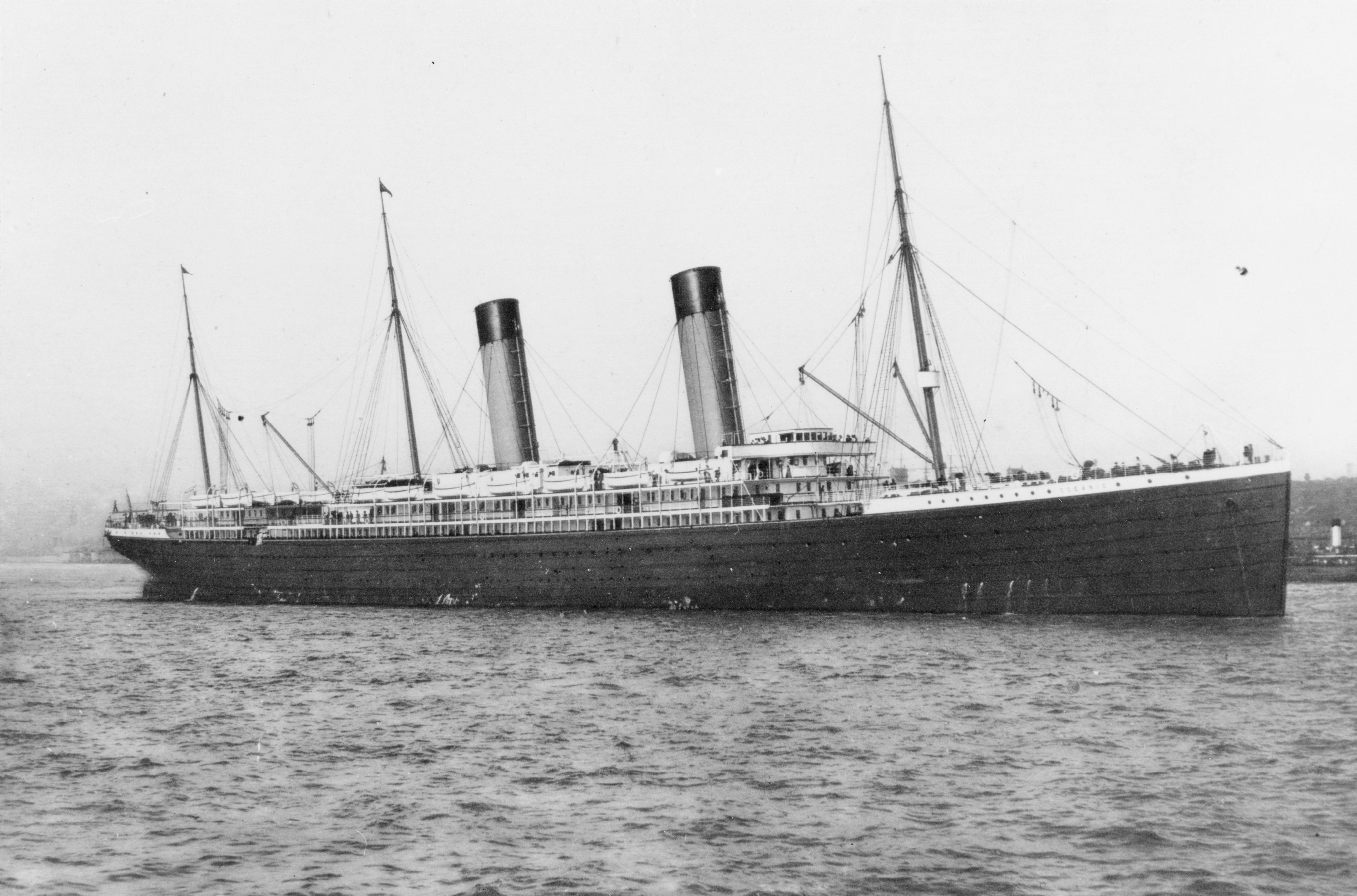Arvra Skerry
Island in Shetland
Scotland
Arvra Skerry
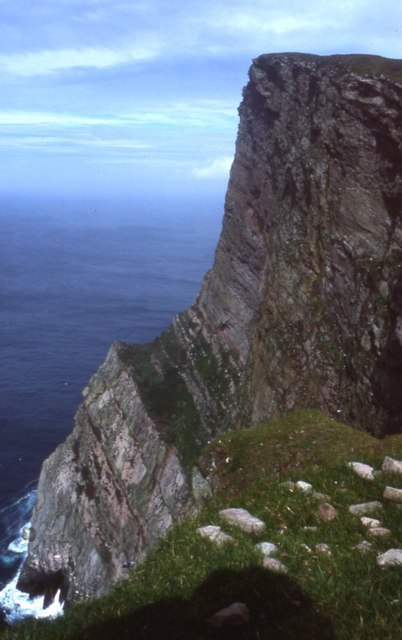
Arvra Skerry is a small uninhabited island located in the Shetland archipelago, off the northern coast of Scotland. It is situated approximately 1.5 miles northeast of the larger island of Papa Stour and covers an area of around 13 acres.
This rocky island is known for its rugged terrain and steep cliffs, which provide a nesting habitat for a variety of seabirds, including puffins, guillemots, and razorbills. The surrounding waters are also rich in marine life, making it a popular spot for birdwatching and wildlife enthusiasts.
Arvra Skerry is a designated Site of Special Scientific Interest (SSSI) due to its importance as a breeding ground for seabirds and its geological features. The island is composed mainly of Old Red Sandstone, a type of sedimentary rock formed during the Devonian period.
Access to Arvra Skerry is challenging due to its remote location and rocky shoreline. However, it is possible to view the island from boat tours or by taking a chartered boat to reach the nearby cliffs. Visitors are advised to observe from a distance to avoid disturbing the nesting birds and to respect the fragile ecosystem.
The Shetland Islands, including Arvra Skerry, are steeped in rich history and folklore, with archaeological remains dating back thousands of years. The islands are also known for their stunning natural beauty, with dramatic coastlines, pristine beaches, and a unique blend of Scottish and Norse cultural heritage.
If you have any feedback on the listing, please let us know in the comments section below.
Arvra Skerry Images
Images are sourced within 2km of 60.157948/-2.0857319 or Grid Reference HT9541. Thanks to Geograph Open Source API. All images are credited.
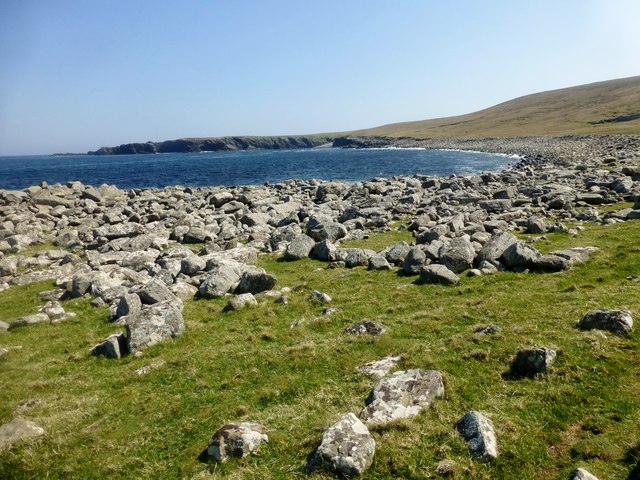
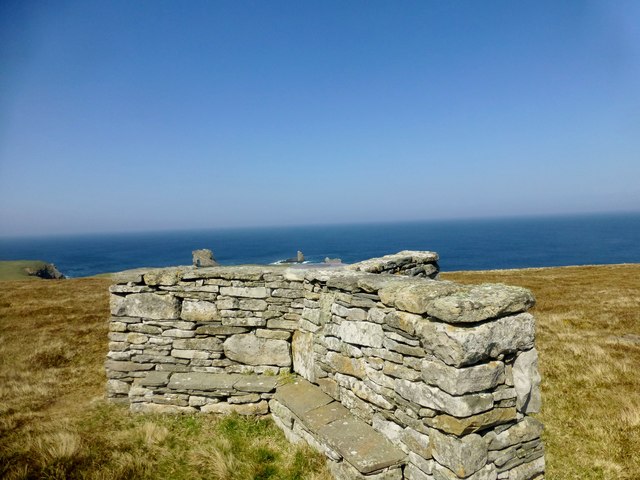
Arvra Skerry is located at Grid Ref: HT9541 (Lat: 60.157948, Lng: -2.0857319)
Unitary Authority: Shetland Islands
Police Authority: Highlands and Islands
What 3 Words
///cheetahs.living.wordplay. Near Walls, Shetland Islands
Nearby Locations
Related Wikis
Foula
Foula (), located in the Shetland archipelago of Scotland, is one of the United Kingdom's most remote permanently inhabited islands. Owned since the turn...
Foula Airfield
Foula Airfield (IATA: FOA) is an airfield located on the remote island of Foula, part of the Shetland Islands in the north of Scotland. == History == The...
RMS Oceanic (1899)
RMS Oceanic was a transatlantic ocean liner built for the White Star Line. She sailed on her maiden voyage on 6 September 1899 and was the largest ship...
Nearby Amenities
Located within 500m of 60.157948,-2.0857319Have you been to Arvra Skerry?
Leave your review of Arvra Skerry below (or comments, questions and feedback).
